The event that has dominated my entire stay here in Madagascar is la crise politique. The present regime, headed by a baby-faced ex-radio disc jockey, took power illegally, just over a year ago. The ex-president, a yoghurt factory-owning multi-millionaire is now in comfortable exile in South Africa. The ex-Pres, although being legitimately elected, generally approved of by the populace, and having presided over strong economic growth and significant environmental protection, had difficulty distinguishing between state assets and his own. He also was taking Madagascar out of the sphere of French influence and into the arms of the anglophone world. Most Malagasy people believe that France helped organize the coup that brought our disc-spinning friend to power, with the assistance of a dissident army faction. The result has been an unmitigated disaster for the country and the already long-suffering people. Madagascar has been isolated internationally. The US won’t buy its maquiladora clothes, the tourists have fled in droves and the present regime is selling off everything it can at bargain basement prices. Crime has exploded and the feeling of insecurity among the population is palpable. This state of affairs has cast a pall over my entire stay here and I can only hope that it is resolved soon to alleviate the suffering of these peaceful, hard-working people.
Before leaving the US I was asked to help get some new solar cookers out of Customs in Madagascar and to demonstrate them to interested parties. Sounds easy enough? Little did I know that I would be required to haunt the halls of the Customs Dept everyday for five weeks, have a rubber stamp made up in order to “customize” a document and having triumphantly liberated the cookers from the maw of the bureaucrats find out that the dashed things didn’t even work properly! I tested the cookers several times, but could only reach an oil temperature of 108 degrees C, whereas John, the inventor regularly reached over 200 degrees C in his native Hawaii. Even my little home-brewed unit, the Acme Windshield Reflector Solar Cooker, out performed the stainless steel giant. John is stumped by the poor performance, but I think that the tubes sent to me were defective and that the next shipment will be good. However, they will have to find someone else to stalk the Custom halls!
I found Feedback Madagascar, a Scottish NGO, online and contacted Samantha Cameron, the regional director in Fianarantsoa, a town south of Tana, to offer my services. Through her, I visited the village of Ambohimahamsina to check out a recently installed solar system that wasn’t working properly. I also took a tube solar cooker and a water sterilizing unit, hoping they would be really useful there. After all the hassle of getting these cookers out of Customs, you can imagine my state of mind when I discovered the tube had been completely smashed in transit from China. The water sterilizer was a big hit though, and my own little Acme Windshield Reflector cooker generated some interest too. I soon found out why the PV system was performing so poorly. In the Northern Hemisphere, we orient our panels towards the South, and in the Southern Hemisphere, the opposite holds true. Well, someone had managed to flaunt this cardinal rule of orientation, with disasterous consequences for the battery. After only 6 months of operation, the $400 battery was ruined.

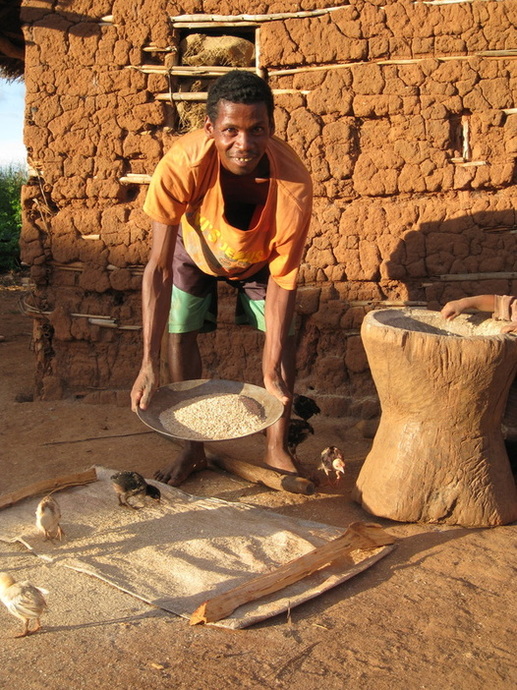
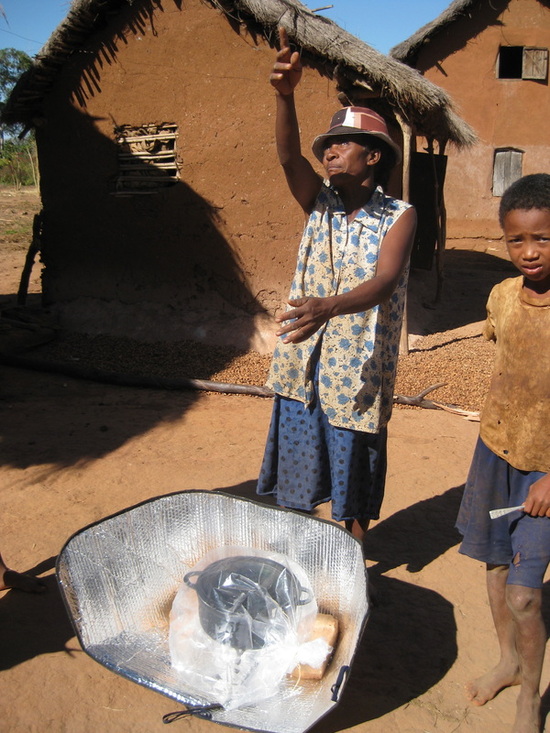
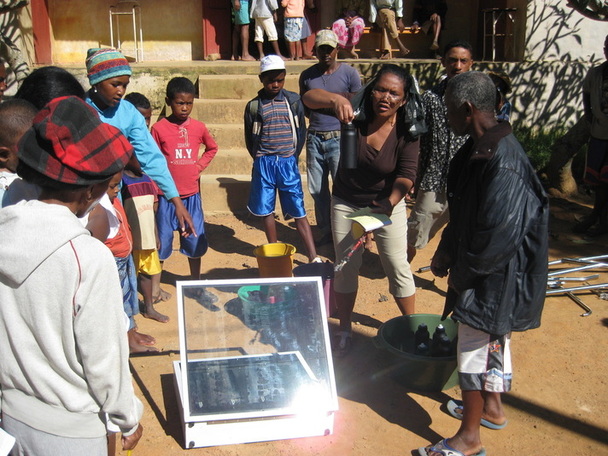

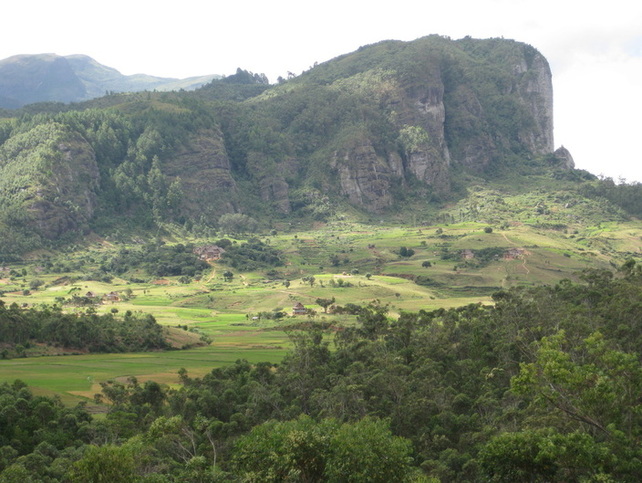
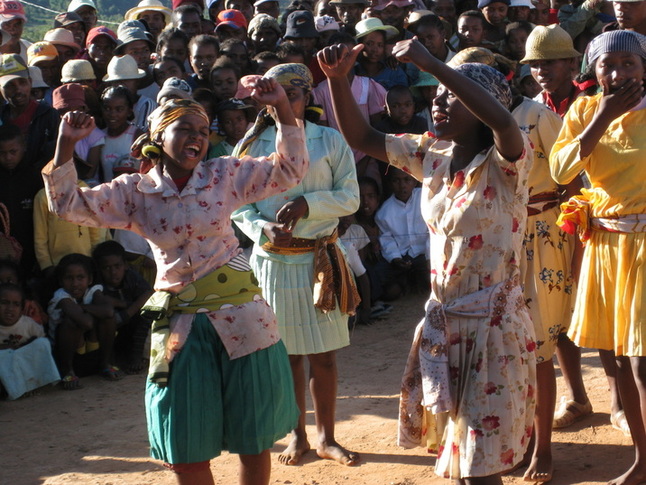
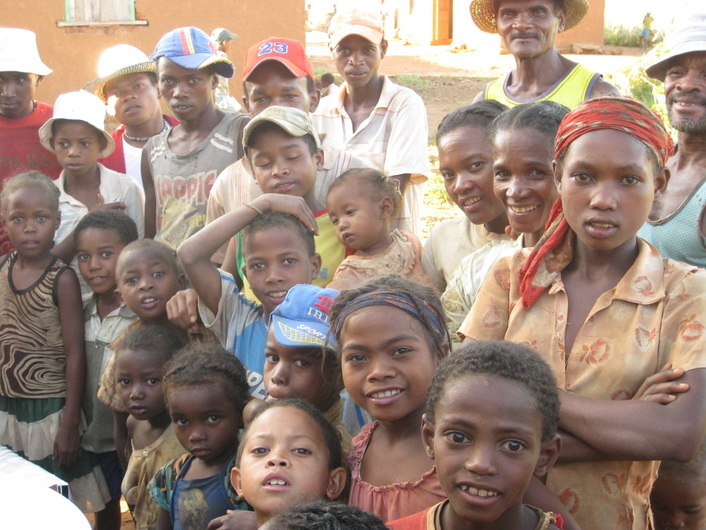
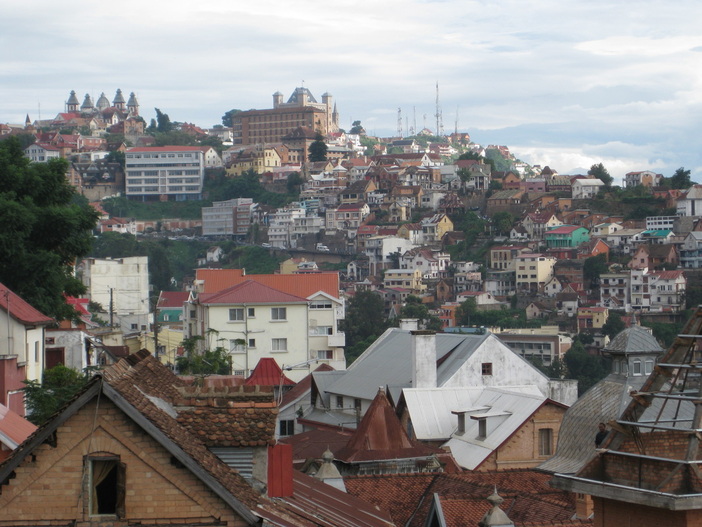
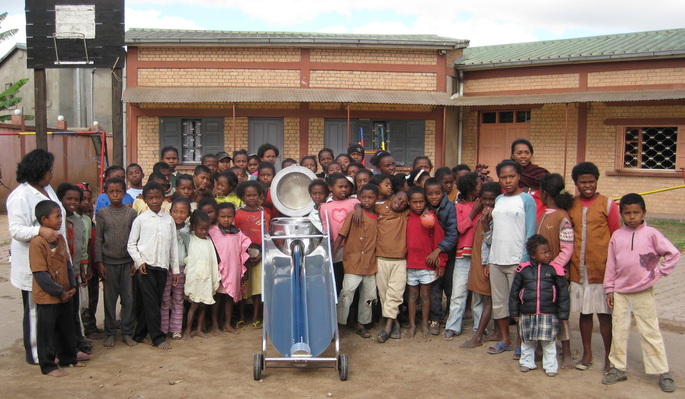
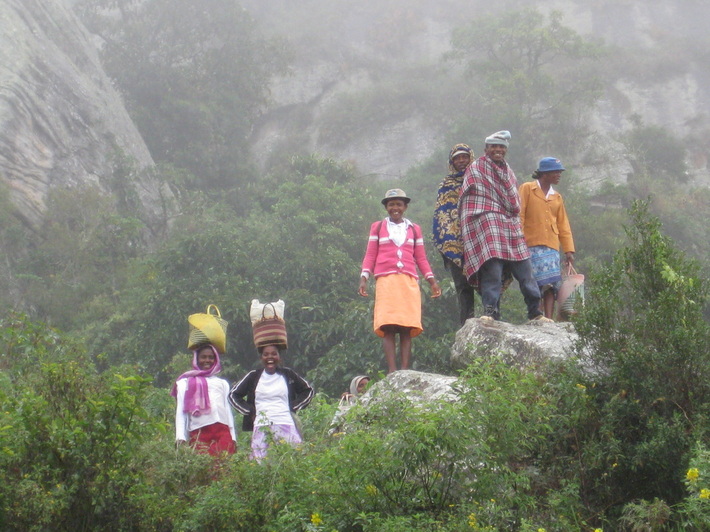
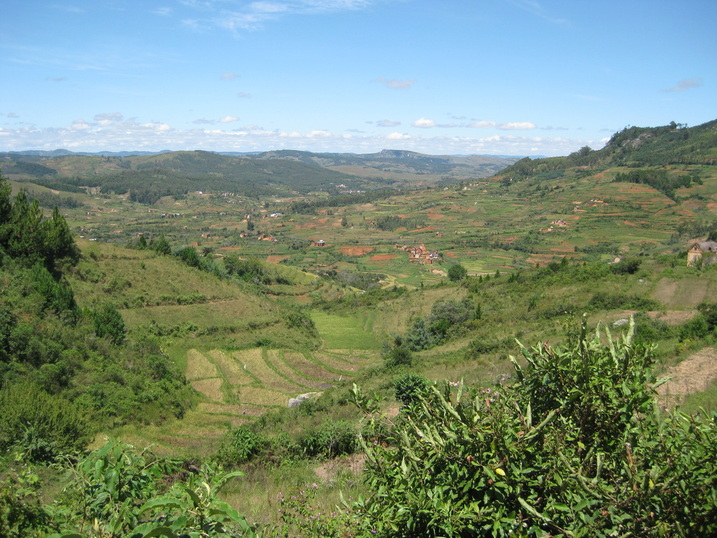
 RSS Feed
RSS Feed